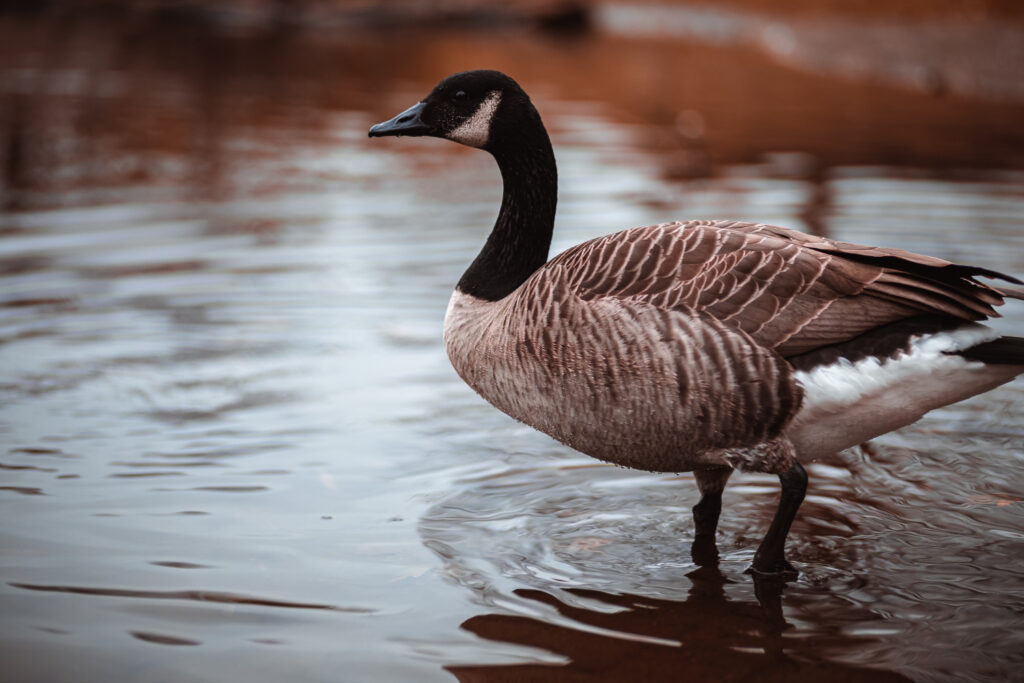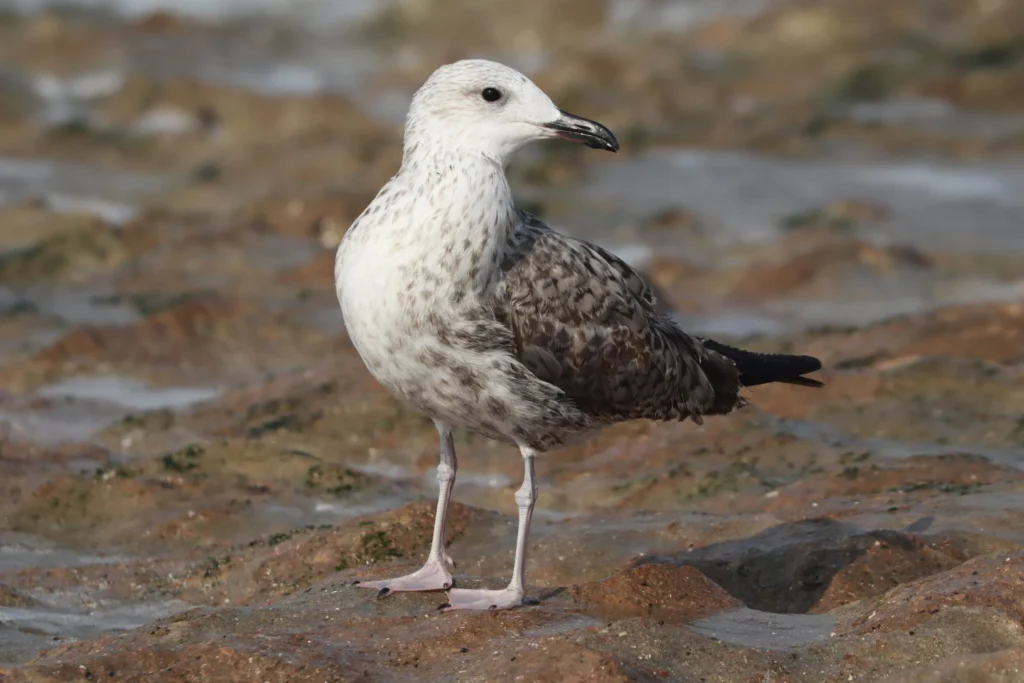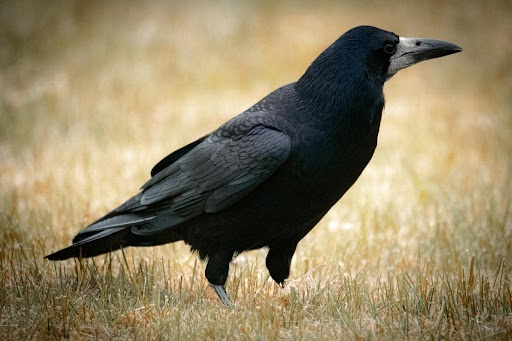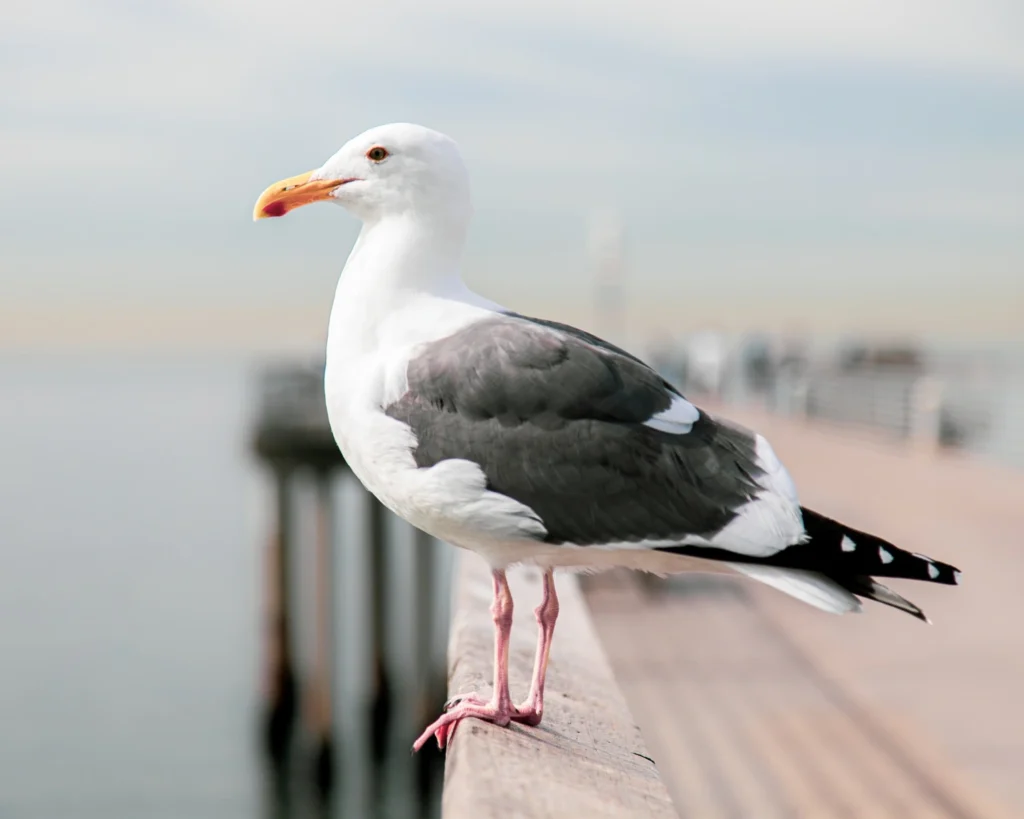Avian
Home » Avian
Avian Pest Management
At Rentokil Rural, we are committed to responsible and effective pest management strategies that help maintain balance in New Zealand’s ecosystems. From managing botulism outbreaks to controlling invasive species like rooks, and Canadian geese, our approach combines innovative techniques, environmental care, and humane practices. We focus on minimising the impacts these species have on agricultural crops, pastures, and native wildlife, while also working closely with landowners and regional councils to ensure our control methods are effective, ethical, and sustainable
Aerial Surveillance and Control
Canadian Geese
Canadian Geese
Southern Black-backed Gulls
Southern Black-backed Gulls
Rook
Rook

Canadian Geese
Canadian geese (Branta canadensis) are a native species in North America but have become an increasing problem in rural and urban New Zealand, where their populations can cause significant damage to agricultural crops, pastures, and native ecosystems. With their large flocks and aggressive behavior during breeding season, they can disrupt farming operations, contaminate water sources, and compete with native bird species. Effective population management is essential to minimising these impacts and maintaining ecosystem balance.

Southern Black-backed Gulls
Southern black-backed gull (SBBG) numbers have skyrocketed in recent years due to increased food availability and agricultural intensification, leading to artificially high populations. These booming numbers have seen SBBGs increasingly recognised as a pest species and a significant nuisance in many areas. In unstable braided river systems, they outcompete threatened or endangered native bird species for prime habitat and are known to directly prey on and harass other native braided river birds. At High Country Contracting, we work to manage SBBG populations, protecting vulnerable native species and helping restore balance to these critical ecosystems.

Rook
Rooks (Corvus frugilegus) are a highly adaptable and destructive pest, causing significant damage to crops, pastures, and native ecosystems across rural New Zealand. These intelligent birds are listed as an Unwanted Organism and are a priority in regional pest management efforts. Rooks nest in colonies and, due to their social nature, can quickly adapt to disturbances, making effective control a complex task.

Methodologies
Botulism response work involves managing an outbreak of botulism, a potentially fatal disease caused by toxins produced by Clostridium botulinum bacteria. The disease can affect both animals and birds, especially in aquatic environments, and is often triggered when decaying organic matter (like dead fish or birds) accumulates in warm, stagnant waters. Botulism is especially problematic for waterfowl and other birds, leading to paralysis and often death.
If the animal is suffering and cannot recover, humane dispatch is necessary. This can be done using methods that minimize stress and pain, such as capturing the animal and euthanizing it using a licensed firearm, or administering a lethal injection by a trained professional. The goal is to end the animal's suffering quickly and humanely.
Once an outbreak is confirmed, our team works with local authorities and landowners to reduce environmental risks. This may involve removing decaying organic matter from the affected area and ensuring proper waste management to reduce the risk of further botulism outbreaks. In some cases, controlling water flow and encouraging clean water management practices can also help reduce the spread of the bacteria.
Continuous monitoring of affected sites and reporting to regional councils or wildlife management bodies ensures that outbreaks are managed effectively. Accurate records of affected animals, locations, and actions taken are essential for tracking the success of response efforts and preventing future occurrences.
Hand-laid poisons are selected based on the pest species, client requirements, and surrounding land use, with toxins applied only in areas where pets and domestic animals are not at risk. For sensitive environments, such as nesting colonies in braided river systems, we carefully time treatments to coincide with key life cycle stages, minimising impact while effectively managing populations. Through responsible and precise techniques, we work to restore balance in ecosystems and protect New Zealand’s natural habitats.
In certain scenarios, shooting can be an appropriate tool for controlling avian pest populations, especially in areas that were previously clear of the species. This method is used sparingly and is always conducted with precision to ensure minimal disturbance to established populations. Careful targeting ensures that the solution remains effective while maintaining the integrity of the surrounding ecosystem.
Leveraging advanced thermal imaging technology, we can detect and accurately target pest species, particularly in low-visibility conditions, such as at night when the birds are less alert. This method allows for a more efficient, non-invasive way of managing pest populations, ensuring that control efforts are both effective and humane. The ability to operate under various conditions, including the use of thermal imaging, increases our flexibility and precision in controlling pest numbers.
In certain cases, managing nesting sites by disturbing or removing nests can help reduce breeding and control population growth. This strategy is often used in combination with other control methods, such as shooting or thermal imaging, to maximise effectiveness. Regular monitoring of nests and breeding sites ensures that control efforts are adaptive, and this approach helps reduce the overall impact on the local environment. By taking a holistic approach to pest management, we can help restore balance and prevent long-term ecological damage.
Managing breeding is a crucial component of effective population control for various avian species. Egg oiling is a humane and non-lethal technique where eggs are coated with oil, preventing hatching and disrupting the reproductive cycle without causing harm to the birds. In some cases, nest destruction is also employed to prevent the establishment of new breeding sites, further limiting population growth. These methods are particularly effective in controlling populations in a sustainable way, reducing the need for more invasive measures.
Who We Work With
We partner with a wide range of organisations, including government agencies, conservation groups, and private landowners. Our clients include: Environment Canterbury, Waikato Regional Council, Auckland Council, Bay of Plenty Regional Council, Horizons Regional Council,National Westland Trust, Mackenzie District Council, Dunedin City Council, Otago Regional Council, Timaru District Council, Zero Invasive Predators, Otago Peninsula Biodiversity Group, Boffa Miskell New Zealand, Department of Conservation, Project Janszoon, Ngai Tahu, Zolve Environmental, MPI, Port Blakely Ltd, Central North Island Sika Foundation, OSPRI NZ, Pest Free Banks Peninsula, Winstone Aggregates, New Zealand Defence Force, TBfreeNZ, Pest Free Dunedin etc…
